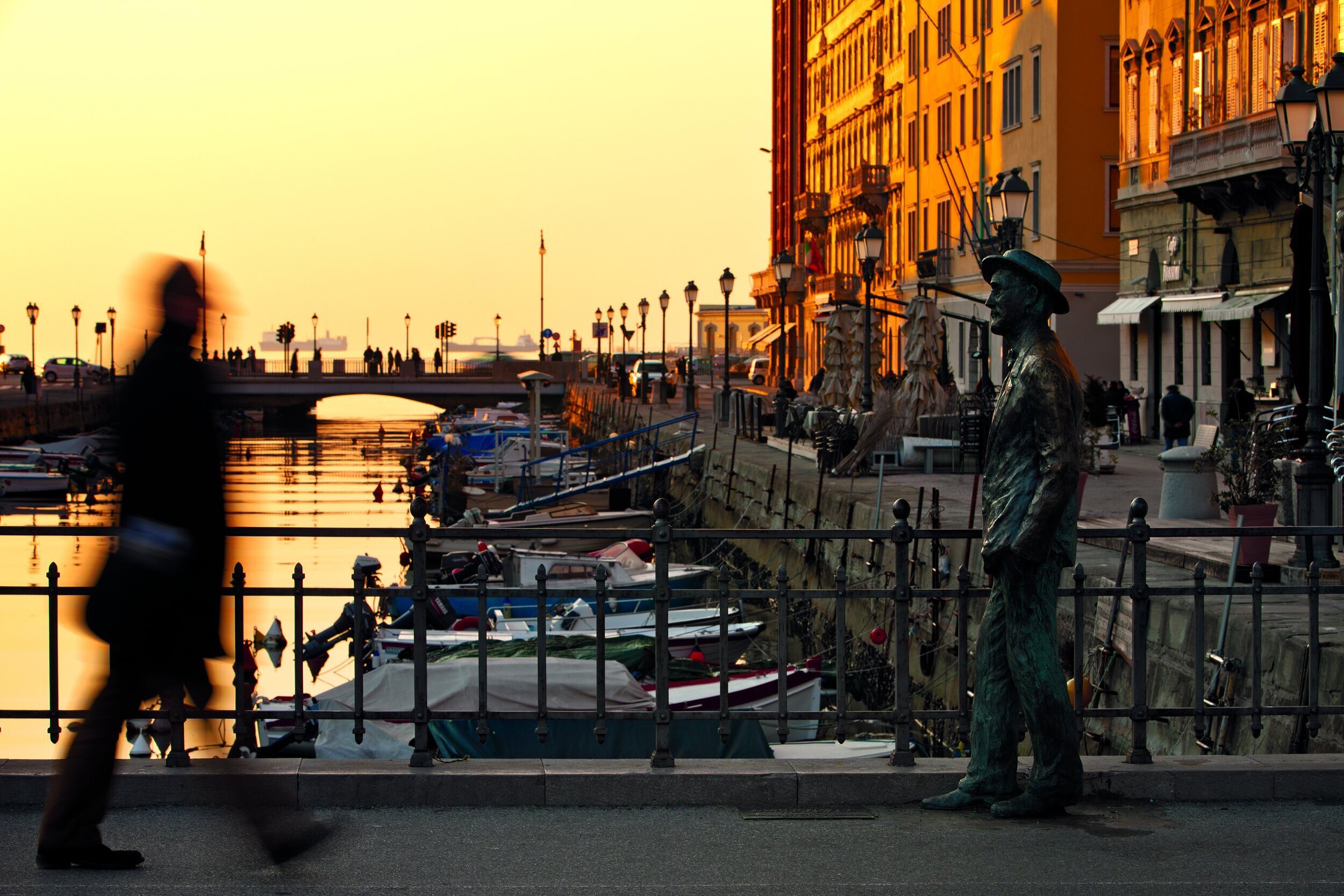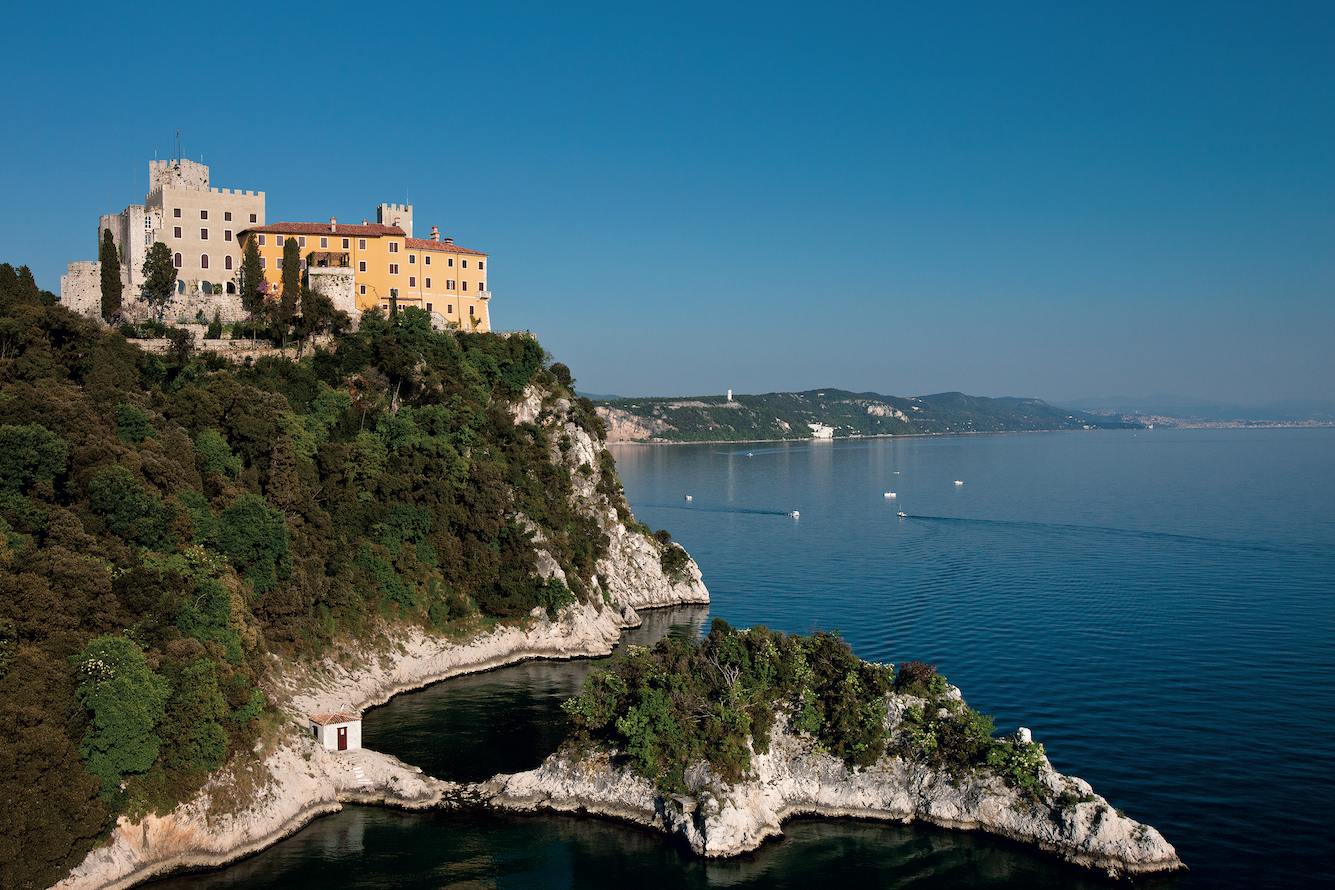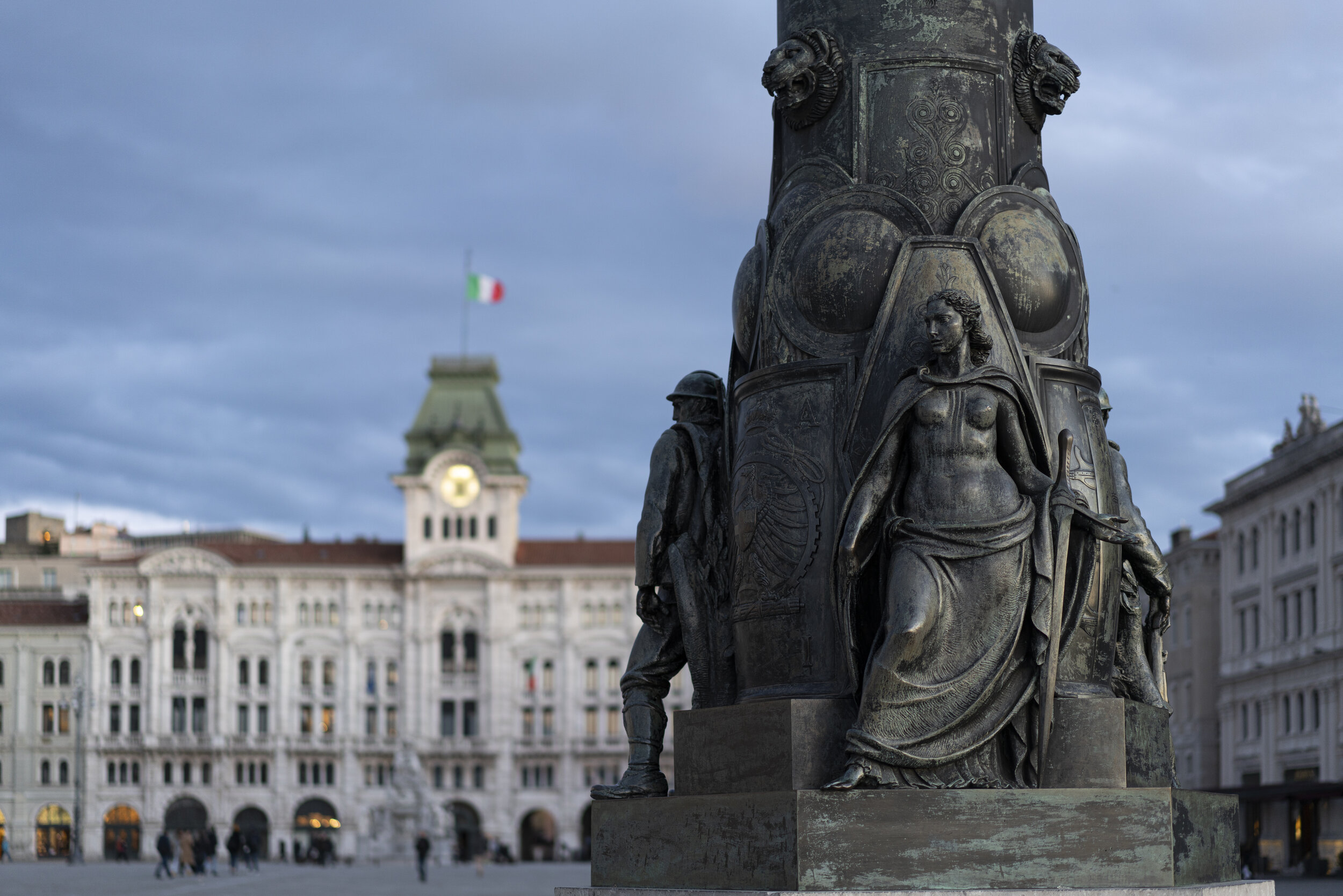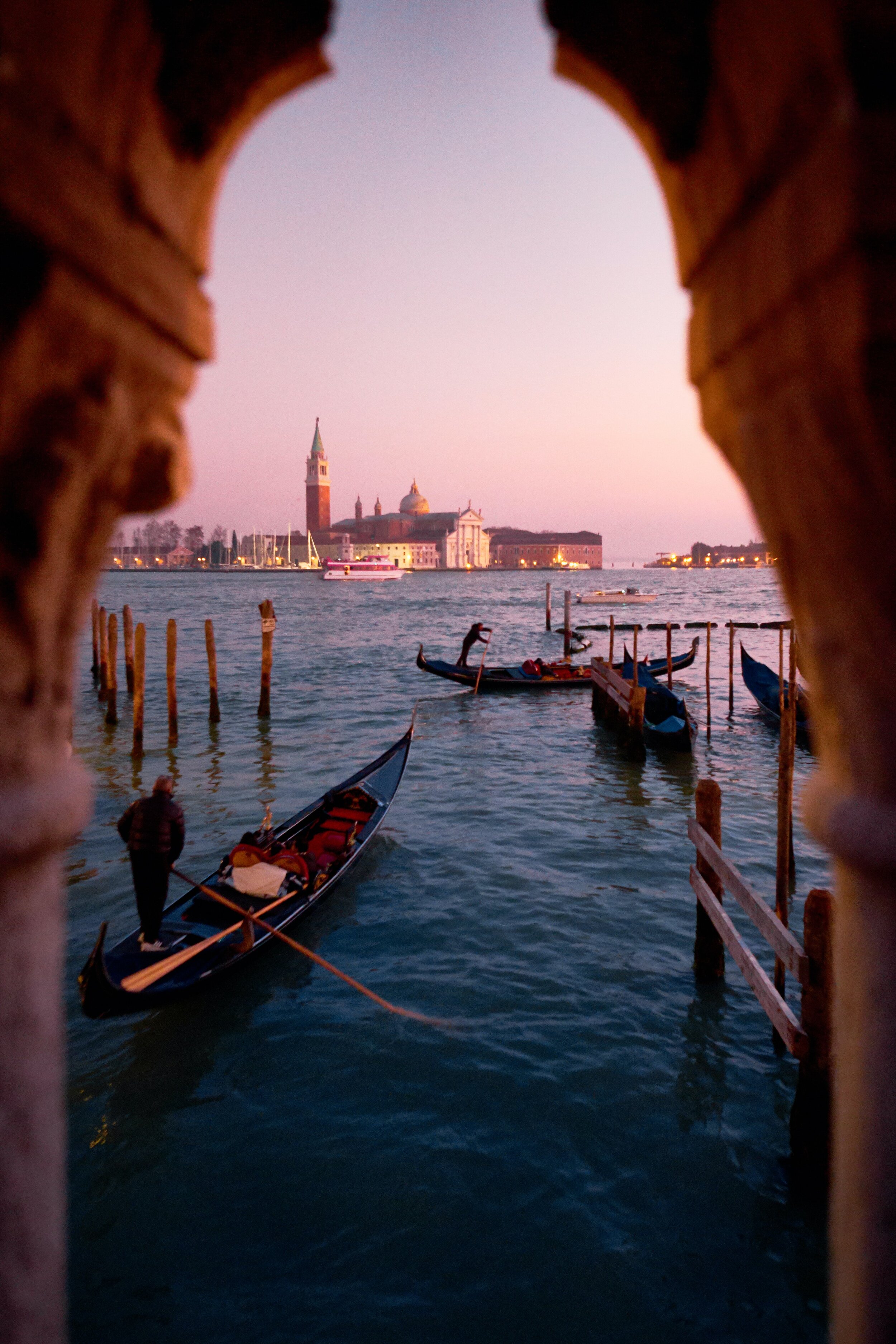musings of a grounded travel editor
Who is planning to go to Italy this summer? How many of us will actually resume our previous much-taken-for-granted summer vacations to il bel paese this year?
We are at the doorstep of quite possibly a second consecutive summer hiatus from Italy—unless you manage to get that second shot in time for Ferragosto, (August 15, Italy’s summer highlight) then, Buon Viaggio!
Atrani on the Amalfi coast
A typical Ferragosto pre-social distancing
For the rest of us, international travel depends largely on the success of the vaccine rollout, and whether both Canada and Italy will have a handle on the situation before we can indulge in any concrete plans for a Tricolori reunion. At this point, dare I say Italy is faring better than we are with the distribution of the vaccine, scheduling the second one three to four weeks after the first one. Consequently, more and more regions are getting the “white light” (zona bianca) all-clear, safe zone status. At best, Canada’s one-shot summer may turn into a fully vaccinated one a little bit ahead of schedule by August 31st.
However this pans out, rest assured, once I do get clearance to fly again, I am not settling for a brief visit next time. I am prolonging my stay so I can truly savour the experience and take in as much beauty as I can stand. Thanks to remote working, that prospect is tenable.
The idea of the long stay and this unrelenting desire to return made me reflect upon the many artists and writers over the past few centuries who were incredibly inspired and forever changed by their visits to Italy. Obviously, as a writer, I am nowhere near their literary virtuosity, I do though share with them a deep love for the country. Its singular beauty never fails to wake up a certain part of me that lies dormant…until I go back. She is my muse. It is this deep appreciation throughout history that spurred the editorial theme in the summer issue of Panoram Italia—an Italo-Canadian magazine where you will find me on the masthead as the travel editor—And no, the irony of being a travel editor during a pandemic isn’t lost on me! As grounding as this juxtaposition is, it is worth pointing out that Italy was discovered and lauded by foreigners long before it even became a unified country. A place that continues to touch the hearts of many across the globe and who share this longing to return.
Until we can inch our way past pandemic life, one of the ways to cope during this prolonged absence is to rewind the clock a century or two, and follow the tracks of these literary giants. Just learning about their journeys, the works of art that these treasured places inspired them to create, transport me to a different time and reaffirm some kind of everlasting universal truth. There are special places we stumble upon in our travels that will always warm our hearts when we remember them, revitalize us when we revisit them; and forever transform us in some significant way.
And when the time comes to return, a mere stint won’t do. I will take my cue from the Grand Tour voyageurs who came before me in the mid-17th until the end of the 18th century. “Scions of aristocratic families went out to discover the beauty and art of continental Europe,” explains Sebastiano Bazzichetto, a Venetian professor who leads an online University of Toronto course covering the Grand Tour called ‘The Italian Hours.’ The course starts in September, in the interim, make E.M. Forster’s novel, A Room with a View, your summer read…or watch the mid-‘80s film based on the book, starring Helena Bonham Carter for a romantic escape and of course, some great views.
Considered part of a formal education for aristocratic families with year-long itineraries and prolonged stays in cultural centres like Venice, Florence and Rome, the outbreak of the Napoleonic Wars brought the Grand Tour to an end. The de rigueur sojourn saw a brief revival in the early 19th century after peace was restored in Europe, however, with the advent of the railways, visiting Europe ceased to be the sole privilege of the elite—thankfully, for the rest of us.
Post Grand Tour, the draw of Italy continued to speak to many prominent writers of the 19th and 20th century—from James Joyce in Trieste, Rainer Maria Rilke in Duino and American novelist, Ernest Hemingway who dubbed Lignano Sabbiadoro the Florida of Italy. There is also an international arts festival called ‘Premio Hemingway’ which is held every June as well as a park named in his honour; these three writers all left their indelible mark in the North-East corner of Italy, otherwise known as Friuli Venezia Giulia.



While my ambitions are always bigger than what my schedule permits, I couldn’t begin to cover all of the notorious writers who loved Italy and were seeped in inspiration by the experience. I did decide to focus on one particular English writer who had an eternal love affair with an enchanting town in the region of Veneto. In my next blog post, we will walk in the literary footsteps of prolific Victorian poet, Robert Browning, and discover the “city of a hundred horizons.” We will uncover the places that were forever ingrained in his heart influencing greatly his literary work as well as instilling a mutual admiration between poet and town where his presence is palpable to this day. Now, that’s amore!
Me in Trieste standing next to the statue of 20th century Italian writer, Italo Svevo, in Piazza Attilio Hortis.






